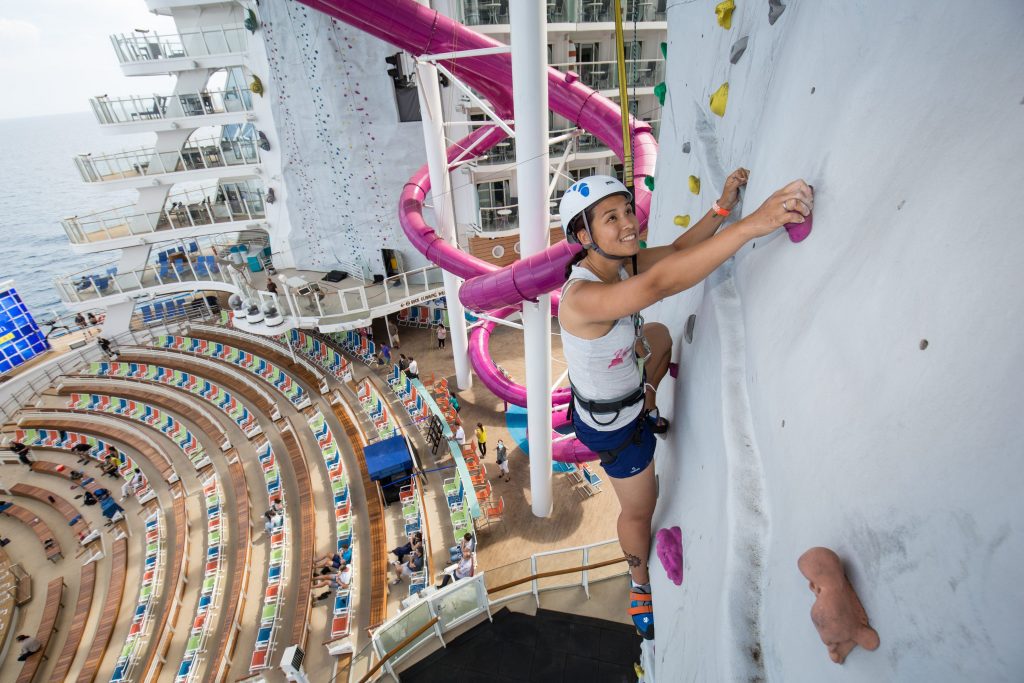Skift Take
The debut of a new private island is helping Royal Caribbean raise pricing on shorter itineraries. If China returns as a major market as well, 2020 could be a strong year for the cruise line.
The impact of disruptive storms and increased restrictions on U.S. travel to Cuba has presented some headwinds for cruise line giants this year.
The Cuba chaos hit Royal Caribbean Cruises less hard than rival Carnival Corp., according to the company’s second quarter earnings presentation. It had fewer sailings to the country and also launched its new private resort Perfect Day at Cococay in May.
Net income ticked upwards to $472.8 million in the second quarter of 2019, a small year-over-year increase. Gross yields increased 9.4 percent year-over-year including the negative impact of Cuba cancellations.
The cruise line was able to slightly improve its earnings per share guidance despite the cancellations. Pricing is strong as demand increases and passengers are spending big during their vacations. Onboard spending, particularly on experiences and activities, continues to grow.
“The strength that we’re seeing is coming from two elements: about half of it is being driven by better ticket, and half of it is being driven by better-than-expected onboard [spending],” said Jason T. Liberty, chief financial officer of Royal Caribbean. “The onboard side, it’s more of the experiential type of activities… but on the ticket side, there’s really all of our core products seeing very strong demand. They’re either in line with our expectations or they’re doing better. The two areas that are doing better, which I had in my remarks, has been the Caribbean and has been China.”
It is good news for Royal Caribbean if the Chinese market is starting to heat up again; it had invested heavily to develop its presence there without finding much demand.
Looking ahead, the cruise line may have some trouble filling its ships that it has moved to different itineraries due to the Cuba cancellations. Shorter cruises, aimed at attracting new cruisers, may also cause the company to lag behind on load factor. If it can still charge high prices, though, the financial impact will likely be minimal.
“Our load factors for next year are very slightly down year-over-year, which is really kind of what you would expect and what we do expect because of two things: one of which is we have more short products on next year, and that short product is a closer booking product, so that would be one thing,” said Richard Fain, CEO of Royal Caribbean. “Second is we just redeployed the Cuba ships and are somewhat starting over again on those ships. That is a little bit on an impact on our load factors. But our pricing was nicely up and that includes no longer having a high-yielding Cuba as part of that mix.”
The Daily Newsletter
Our daily coverage of the global travel industry. Written by editors and analysts from across Skift’s brands.
Have a confidential tip for Skift? Get in touch
Tags: cruise, cuba, earnings, royal caribbean
Photo credit: Royal Caribbean International's Harmony of the Seas, the world"s largest and newest cruise ship, previews in Barcelona, Spain. Simon Brooke-Webb Photography / Royal Caribbean
